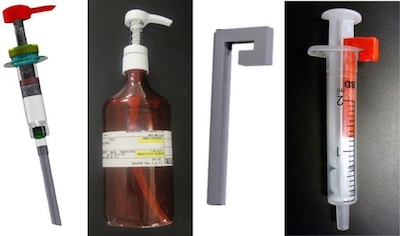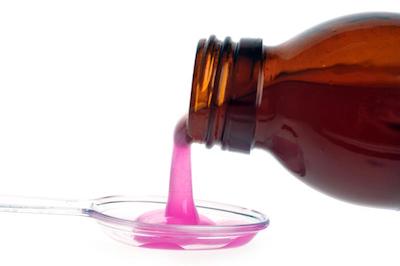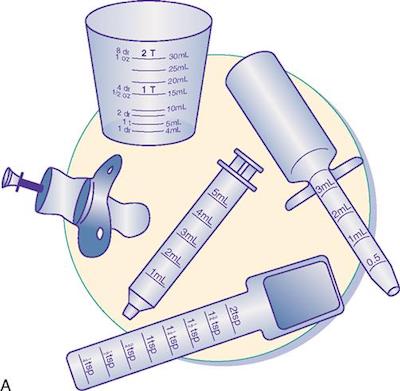When you need to use liquid medications, then you know that you need to use a measuring tool to ensure that you take the right amount of medicine that the doctor prescribed you.
Some of the most common liquid medications include syrups, suspensions, solutions, and elixirs.
Discover everything you need to know about milliliters.

While most liquid medications tend to be prescribed to children only, the reality is that they may be prescribed to adults as well. After all, some adults may experience some difficulties in swallowing capsules or tablets. In addition, it is also important to keep in mind that some medications are only available as liquids.
How To Use Liquid Medications
To ensure that you take the right amount or dose prescribed by your doctor, you need to ensure that you pay attention to the doctor. After all, and since most of the liquid medications need to be taken considering the weight of the child or the age, you need to make sure that you measure the liquid medications correctly.
One of the things that you need to take into account is that liquid medications can be measured in teaspoons, tablespoons, or milliliters. In case you don’t know, in many cases, these units of measurement appear abbreviated:
- teaspoon = tsp
- tablespoon =tbsp
- milliliter = ml
How many milliliters in a tablespoon?

So, in case you prefer to use a teaspoon or a tablespoon instead of the milliliter, you can do so as vice-versa. All you need to do is to convert from one unit of measurement to the other. And it’s not that hard. Here is how you can easily convert a measurement from teaspoon or tablespoon to milliliters:
1/2 teaspoon = 2.5 ml
1 teaspoon = 5 ml
1/2 tablespoon = 7.5 ml
1 tablespoon = 15 ml
In case you don’t remember, one tablespoon is equal to 3 teaspoons.
Looking to convert ml to 1 tablespoon?
Measuring Devices

As we already mentioned above, you can use different measuring devices. In most cases, you shouldn’t have any problem since the device comes with the medication. In case the medication doesn’t come with a measuring device, you can either use a measuring device that you have at home or ask your pharmacist for the best way to measure.
#1: Cup:
This is the best for children (or adults) who can drink from a cup without spilling. You should check for markings on the cup that match the amount you need for your dose. Be careful when using cups that have a combination of a teaspoon, a tablespoon, or milliliter markings so that you use the correct fill line.
#2: Dosing spoon:
This is also best for children who can drink from cup but often spill some liquid. This measuring device may be good for children who use sippy cups to drink liquids.
Easily convert tablespoons into milliliters.
#3: Droppers or oral syringes:
These are the best devices for measuring liquids because they make it easy to get the correct dose. However, they may not be available for your medication. Ask your pharmacist.
